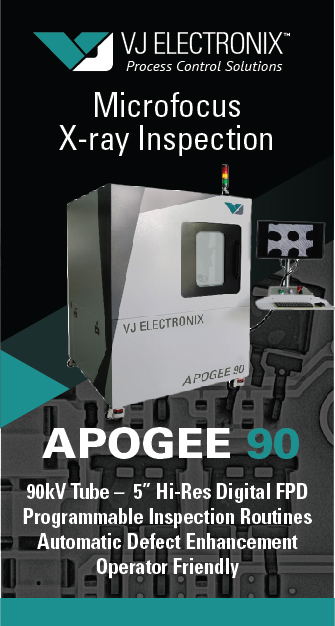Digital health and heart disease devices from companies including Philips dominate the latest batch of breakthrough designations from FDA, giving the companies a speedier path through the regulatory process.
 FDA granted the regulatory privileges to Evren Technologies‘ earbud devices to treat post-traumatic stress disorder. The candidate, branded The Phoenix, is designed to activate the vagus nerve to calm the patient and help reduce symptoms of PTSD. Evren plans to start a pivotal clinical trial of the wireless, closed-loop transcutaneous auricular vagus nerve stimulation device next year.
FDA granted the regulatory privileges to Evren Technologies‘ earbud devices to treat post-traumatic stress disorder. The candidate, branded The Phoenix, is designed to activate the vagus nerve to calm the patient and help reduce symptoms of PTSD. Evren plans to start a pivotal clinical trial of the wireless, closed-loop transcutaneous auricular vagus nerve stimulation device next year.
NeuroMetrix received breakthrough device designation for another non-invasive, nerve stimulation device, Quell. The device is a transcutaneous electrical nerve stimulator that’s already available over-the-counter for the symptomatic relief and management of chronic knee, foot and leg pain. NeuroMetrix is working to make the smartphone-connected, credit card sized device available in fibromyalgia, the indication covered by the breakthrough designation.
FDA granted breakthrough designation to Biofourmis‘ heart failure digital therapeutic BiovitalsHF. The device, which Biofourmis claims is the first breakthrough-designated digital therapeutic for heart failure, is designed to personalize and improve the dose of guideline-directed medical therapy. To achieve that goal, the software integrates factors such as physiological monitoring and symptoms and signs reporting to provide personalized medication recommendations.
Biofourmis is one of several companies to receive breakthrough device designations in cardiovascular disease indications in recent weeks. Philips secured breakthrough status for its laser-assisted inferior vena cava filter removal device. The Dutch conglomerate is developing the device to enable removal of filters used to stop blood clots traveling to the heart and lungs. In the long term, the filters can cause complications but attempts to remove them once they are no longer needed can fail. Philips hopes its laser tissue ablation device can improve the success rate.
FDA awarded breakthrough device designation to Endologix for its endovascular abdominal aortic aneurysm (AAA) sealing therapy ChEVASTM. The device is intended to be an off-the-shelf treatment for patients with complex AAAs. Through the design, specifically its aneurysm sac sealing technology, Endologix has sought to reduce the endoleaks, including gutter endoleaks, that can occur after the endovascular treatment of complex aneurysms.
A clutch of companies working in other fields have also received breakthrough device designations in recent weeks. FDA granted breakthrough status to Synapse Biomedical‘s temporary percutaneous intramuscular diaphragm stimulator. The device, branded TransAeris, is designed to help wean patients from mechanical ventilation and thereby prevent or treat ventilator-induced diaphragm dysfunction.
AnchorDx received breakthrough device designation for its non-invasive bladder cancer test UriFind. The test is intended to detect methylation of exfoliated cell DNA in urine and thereby facilitate the early diagnosis of bladder cancer. AnchorDx said UriFind is the first Chinese liquid biopsy to receive a breakthrough designation in bladder cancer. U.S. clinical trials are set to start “soon.”
Finally, Hyalex Orthopaedics secured breakthrough status for its Hyalex Cartilage System. The device is in preclinical development as a treatment for the loss of knee articular cartilage and bone requiring surgery. The biomimetic materials are intended to be an off-the-shelf way of repairing defects in the cartilage.

